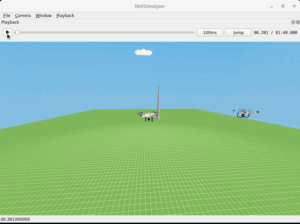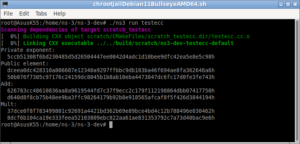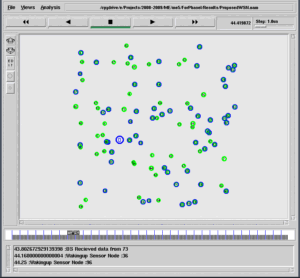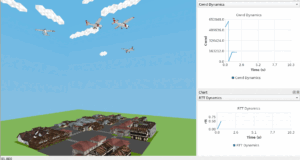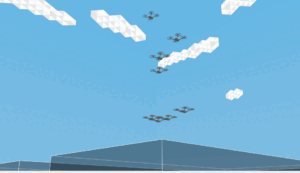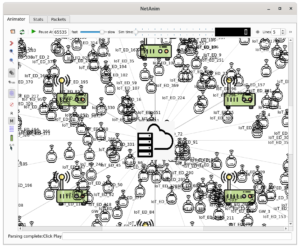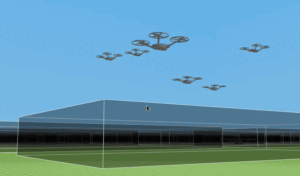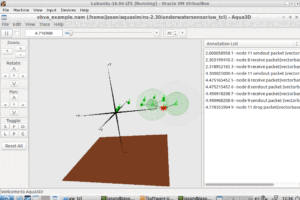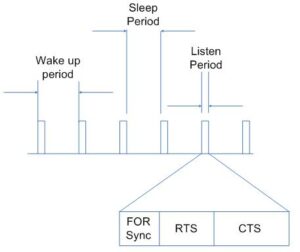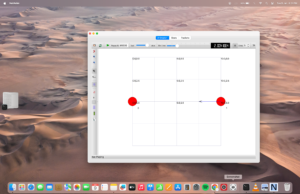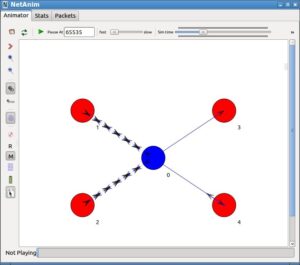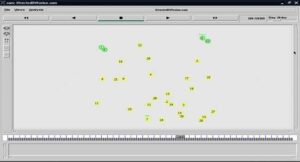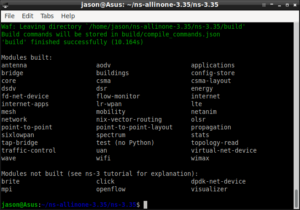About the Project
In this project, a neural network based paradigm which can be easily adapted for querying multimedia database was explored. By implementing the proposed method in a multimedia database system, one can easily access data based on facial features of a person’s photograph from a personal database. Internet sites containing information such as multimedia data such as voice, text, video and images. Thus, text and web mining are techniques employed to serve in finding trends amongst these piles of data. With information overload on the web, it is highly desirable to mine the data and extract patterns and relevant information to the user. This will inevitably make the task of browsing on the Internet easier for the user.
Therefore, there has been considerable interest in studying algorithms that will help for mining images for information on the web.
For implementing the proposed idea more than one network may be used to recognize various facial attributes. Main issues proposed to be addressed in this project are image enhancement, feature extraction, face object detection and gender classification.
The proposed system has been implemented and tested in MatLab and VC++ interface under Windows Operating System. A simple multi-layer Neural Network is proposed to be used for Facial-feature Classification and Identification. The Performance of the classification algorithm has been tested with and varying image quality of face images from a standard face database.
Testing the System
The following outputs shows the results of testing.

Testing the With a Male Face Image
 Testing the With a Female Face Image
Testing the With a Female Face Image

Testing the With a Male Face Image with Bard

Testing the With a Male Face Image with Bard and Spectacles
About The ORL Face Database
In order to test the system, some face images are required. There are so many standard face databases for testing and rating a face detection algorithm. A standard database of face imagery was essential to supply standard imagery to the algorithm developers and to supply a sufficient number of images to allow testing of these algorithms. Without such databases and standards, there will be no way to accurately evaluate or compare facial recognition algorithms. Various researchers collected their own databases for the problems they were investigating. The face database made it possible for researchers to develop algorithms on a common database and to report results in the literature using this database. Results reported in the literature did not provide a direct comparison among algorithms because each researcher reported results using different assumptions, scoring methods, and images. The independently administered evaluations standards allowed for a direct quantitative assessment of the relative strengths and weaknesses of different approaches.
All the experiments described here have been executed mainly on the face images provided by the ORL face database. The ORL Database of Faces, contains a set of face images taken between April 1992 and April 1994 at the lab. The database was used in the context of a face recognition project carried out in collaboration with the Speech, Vision and Robotics Group of the Cambridge University Engineering Department.
There are ten different images of each of 40 distinct subjects. For some subjects, the images were taken at different times, varying the lighting, facial expressions (open / closed eyes, smiling / not smiling) and facial details (glasses / no glasses). All the images were taken against a dark homogeneous background with the subjects in an upright, frontal position (with tolerance for some side movement).
The original files were in PGM format. The size of each image was 92×112 pixels, with 256 grey levels per pixel. The images are organized in 40 directories (one for each subject), which have names of the form sX, where X indicates the subject number (between 1 and 40). In each of these directories, there are ten different images of that subject, which have names of the form Y.pgm, where Y is the image number for that subject (between 1 and 10). The following figure shows all the images of ORL face database. For the purpose of training and testing, only a selected set of images from the following images were used. In addition, some of the images from other resources were also used.

Figure 1 : The Face Database
The Training Performance Graphs.
The following Graph Shows the Training Performance of the network during introducing the known classes of data. Originally 3000 epochs was fixed for training. But, the training has been stopped at the middle of the Epochs since the performance goal was reached.

Figure 2 : The Neural Network Training Graph
Conclusion
Since 1888, many algorithms have been proposed as a solution to automatic face recognition. Although none of them could reach the human recognition performance. Eigenfaces algorithm has some shortcomings due to the use of image pixel gray values. As a result, the system becomes sensitive to illumination changes, scaling, etc. and needs a beforehand pre-processing step. But, neural network based algorithms lead to better accuracy and Satisfactory recognition performances could be reached by using properly aligned face images. Recognizing faces could theoretically be very fast, because it consists only of a matrix operations and a bit of comparison. On the other hand, training new faces is a comparably complicated process, especially if there are lot of faces with different features for training. We would therefore say that this method could be useful in a serious real time database search application which will use faces with different kinds of features as a key for searching.
The developed facial attribute recognition system reached a performance which will be sufficient for some of the simple database applications which will need a querying based on the facial features of the persons in the database.
The system was tested with different kinds of faces from various internet resources and the results were comparable.
Possibilities of Future Improvements
This method may be a good engineering method but not a good psychological method since there is little evidence that the brain could work in this manner. The future works may find a paradigm which will be more like a human way of doing recognition in a database of faces.
The scalability factors are not taken into account while designing and implementing the idea. Future works may address these aspects of the facial attribute recognition system.
A lot of work has to be made on this area to make this technology as an ideal tool for querying on multimedia databases.

 Discuss Through WhatsApp
Discuss Through WhatsApp